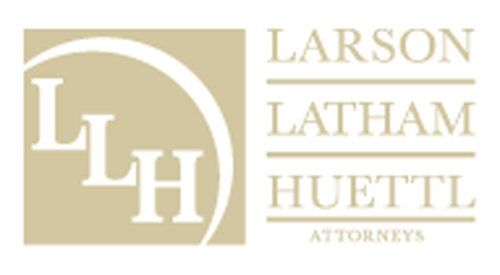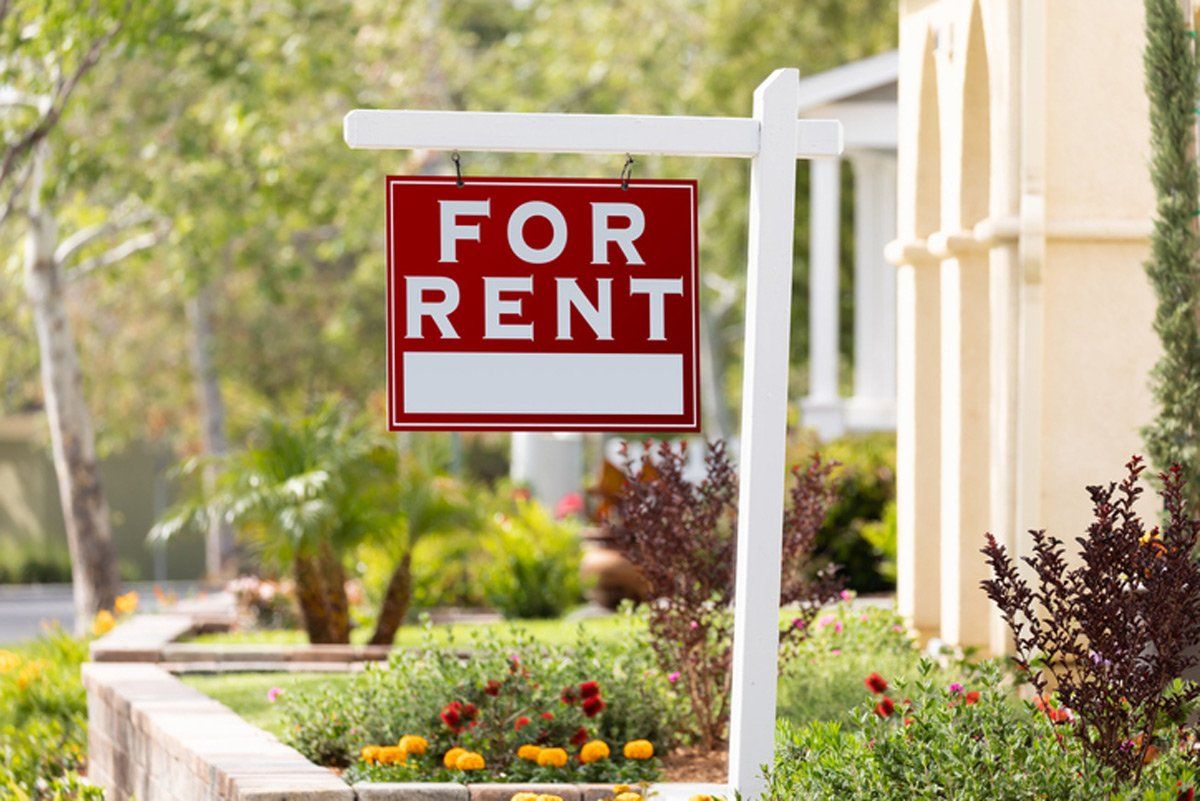The law governing this area of law is composed of a hybrid of statutory and common law (precedents found in court decisions). Most states have enacted statutes in this area based on either the Uniform Residential Landlord and Tenant Act or the Model Residential Landlord-Tenant Code.
The entire basis of a landlord-tenant relationship is found in the lease agreement or rental contract. A lease is not historically or strictly a contract. These agreements are subject to both contract and property law interpretation. The lease gives the tenant (or lessee) an interest in the particular property they’re renting for a specific period of time. This interest, the tenancy, can last for a specific or indefinite period of time. If a specified period of time is not listed in the lease, in North Dakota there is a statutory presumption that the lease is for one year.
A lease can, of course, be for a longer period of time than one year; however, North Dakota has statutorily limited leases on agricultural land to 10 years, and the “lease or grant of any city lot” to 99 years. Generally, a lease will be for a brief period of time – especially in the case of a residential lease. The most common time periods for residential leases are month-to-month, six months, and one year. With regard to commercial and agricultural property, leases are generally for one or more years.
Generally, the lease gives the tenant a right to possess the property, complete with the rights to sublease or assign the property, and the right to restrict entry to others – including the landlord. However, most lease agreements will eliminate or limit these rights and, in the case of the landlord, certain exceptions are carved out by law. The law usually will dictate what provisions may or may not be contained in a lease, so those who are looking to rent property, or are currently renting property may want to consult with an attorney regarding the enforceability of their lease agreement or have an attorney draft one to use. It can save a potential headache down the road.
In addition to the lease agreement, the law generally requires landlords to provide tenants with a statement describing the condition of the premises at the time the rental agreement is signed which must be signed by both the landlord and tenant. This statement is considered “prima facie proof” of the property at the beginning of the rental agreement. This statement can be especially important when it comes to disputes regarding the application or return of an individual’s security deposit, as discussed below.
In North Dakota, if a tenant continues to use the property after the lease has expired, and the landlord accepts rent from them, the law likely presumes that the lease has been renewed on the same terms and for the same period of time, so long as that period of time is for no more than one year. With a residential lease, however, unless there is an automatic renewal clause in the lease, if the tenant continues to live in the residence after the lease expires and the landlord accepts rent, the law presumes the parties have renewed the lease on a month-to-month basis. But, in a month-to-month arrangement, the landlord can change the terms to the lease at the conclusion of each month, so long as they provide the tenant with written notice of the change at least 30 days before the conclusion of the month.
In a landlord-tenant relationship, both the landlord and tenant owe certain duties to one another. Failure to comply with these duties can provide grounds for terminating a lease, or eviction of the tenant.
Central to the rental of property is the implied covenant of quiet enjoyment. Basically, this covenant represents the premise that a renter, or lessee, should be able to use the property without any undue interference (i.e., eviction) by the landlord or another with a superior legal title to the land. This covenant can be breached in two manners: active or constructive. A constructive breach, or a “constructive eviction” occurs when the lessor or landlord causes the property to become unusable or uninhabitable.
In the case of a residential rental property, a landlord has a duty to keep the property habitable. Often this duty is defined by “warranties of habitability” which are set out in statute or common law. Depending on what state you’re in, a breach of these warranties may lead to an administrative action or allow the tenant to withhold their rent or a portion of it. In North Dakota, if a tenant has given the lessor notice of dilapidations the lessor should repair, and the lessor fails to do so, within a “reasonable” time, the tenant has the right to make the necessary repairs and deduct the cost of such repairs from their lease or recover those expenses from the lessor in any other lawful manner, or the tenant can vacate the property, in which case they are discharged from any further obligation to pay rent or perform any other conditions of the lease.
While a landlord has numerous obligations imposed by statutory and common law, the law also requires certain obligations of the tenant – especially in the case of a residential property. Specifically, in North Dakota, a tenant in a dwelling unit is required to comply will all the obligations imposed upon tenants by the building and housing codes with respect to health and safety; keep the part of the property they occupy clean and safe as the condition of the property permits; periodically remove all ashes, garbage, rubbish, and other waste from the unit, and dispose of them in a clean and safe manner; use all the electrical, plumbing, sanitary, heating, ventilating, air-conditioning, and other facilities and appliances, including elevators, on the property in a “reasonable” manner; not deliberately or negligently destroy, deface, damage, impair, or remove any part of the premises or knowingly permit anyone to do so (i.e., their guests); and conduct themselves, and require their guests to conduct themselves, on the property in such a manner that will not disturb the tenant’s neighbors’ peaceful enjoyment of the property. And, of course, one of the most notable tenant obligations is the common law assumption of the duty to pay rent.
An interesting fact about rent in North Dakota is that if there are not terms provided in the lease agreement, rent is due at the end of the year, month, quarter, or upon termination, depending on the type and length of the lease. Most leases, however, have an express payment provision requiring the money up front every month, along with a security deposit due at or prior to the beginning of the lease.
Landlord-tenant conflicts arise all too often, and, despite common belief, they’re not limited to college students or “twenty-somethings.” Our attorneys have represented both property owners and tenants in a number of these disputes. If you fall into either category and have a problem, our firm is ready and able to advise you in finding a solution.







